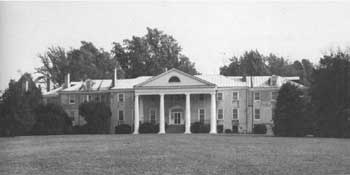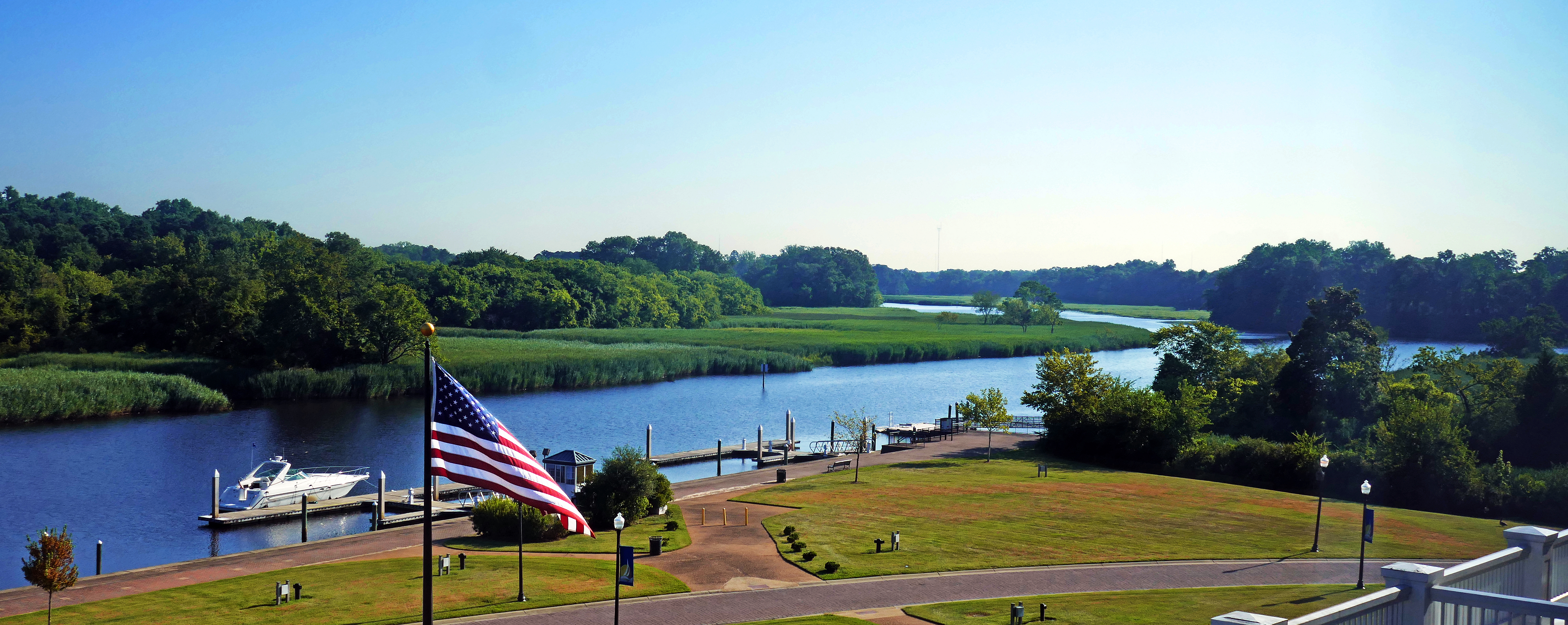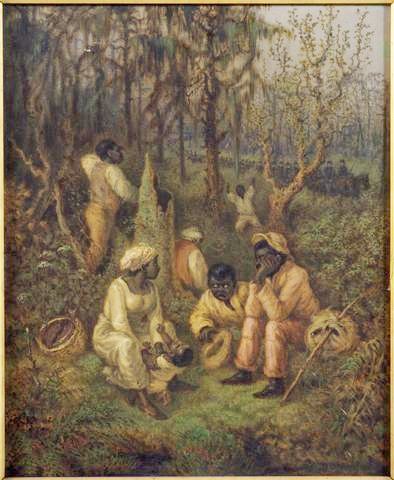|
List Of National Natural Landmarks In Virginia
The following table lists the 10 National Natural Landmarks within Virginia in the eastern United States. They are administered by the United States National Park Service. {{DEFAULTSORT:National Natural Landmarks in Virginia * Virginia Virginia, officially the Commonwealth of Virginia, is a state in the Mid-Atlantic and Southeastern regions of the United States, between the Atlantic Coast and the Appalachian Mountains. The geography and climate of the Commonwealth ar ... Virginia geography-related lists Natural history of Virginia Protected areas of Virginia . ... [...More Info...] [...Related Items...] OR: [Wikipedia] [Google] [Baidu] |
National Natural Landmark
The National Natural Landmarks (NNL) Program recognizes and encourages the conservation of outstanding examples of the natural history of the United States. It is the only national natural areas program that identifies and recognizes the best examples of biological and geological features in both public and private ownership. The program was established on May 18, 1962, by United States Secretary of the Interior Stewart Udall. The program aims to encourage and support voluntary preservation of sites that illustrate the geological and ecological history of the United States. It also hopes to strengthen the public's appreciation of the country's natural heritage. As of January 2021, 602 sites have been added to the National Registry of Natural Landmarks. The registry includes nationally significant geological and ecological features in 48 states, American Samoa, Guam, Puerto Rico, and the U.S. Virgin Islands. The National Park Service administers the NNL Program and if reques ... [...More Info...] [...Related Items...] OR: [Wikipedia] [Google] [Baidu] |
Grand Caverns
Grand Caverns, formerly known as Weyer's Cave, is located in the central Shenandoah Valley in the town of Grottoes, Virginia, United States. A limestone cavern, it claims the distinction of being America's oldest show cave, in operation since 1806. In 1973, the National Park Service designated the cave a National Natural Landmark in recognition of its shield formations and other features, such as flowstone, stalactites, and stalagmites. History According to legend, the cavern system was discovered in 1804 by 17-year-old Bernard Weyer, manager of the local distillery, looking for a missing trap. Originally, it was called Amend's cave, named after the land's owner, Matthias Amend. In two years, Amend opened it for the public, one of the first show caves of the United States. The locals, however, preferred to name it after the original discoverer. During the Civil War and the Valley Campaign, the cave was visited by both Confederate and Union soldiers. During their visits, o ... [...More Info...] [...Related Items...] OR: [Wikipedia] [Google] [Baidu] |
Orange County, Virginia
Orange County is a county located in the Central Piedmont region of the Commonwealth of Virginia. At the 2020 census, the population was 36,254. Its county seat is Orange. Orange County includes Montpelier, the estate of James Madison, the 4th President of the United States and often known as the "Father of the Constitution". The county celebrated its 275th anniversary in 2009. History The area was inhabited for thousands of years by various cultures of indigenous peoples. At the time of European encounter, the Ontponea, a sub-group of the Siouan-speaking Manahoac tribe, lived in this Piedmont area. The first European settlement in what was to become Orange County was Germanna, formed when Governor Alexander Spotswood settled 12 immigrant families from Westphalia, Germany, there in 1714; a total of 42 people. Orange County, as a legal entity, was created in August 1734 when the Virginia House of Burgesses adopted ''An Act for Dividing Spotsylvania County''. Unlike other co ... [...More Info...] [...Related Items...] OR: [Wikipedia] [Google] [Baidu] |
Montpelier Forest
James Madison's Montpelier, located in Orange County, Virginia, was the plantation house of the Madison family, including Founding Father and fourth president of the United States James Madison and his wife, Dolley. The property is open seven days a week with the mission of engaging the public with the enduring legacy of Madison's most powerful idea: government by the people. Montpelier was declared a National Historic Landmark and listed on the National Register of Historic Places in 1966. It was included in the Madison-Barbour Rural Historic District in 1991. In 1983, the last private owner of Montpelier, Marion duPont Scott, bequeathed the estate to the National Trust for Historic Preservation. The National Trust for Historic Preservation (NTHP) has owned and operated the estate since 1984. In 2000, The Montpelier Foundation formed with the goal of transforming James Madison's historic estate into a dynamic cultural institution. From 2003 to 2008 the NTHP carried ... [...More Info...] [...Related Items...] OR: [Wikipedia] [Google] [Baidu] |
Page County, Virginia
Page County is located in the Commonwealth of Virginia. As of the 2020 census, the population was 23,709. Its county seat is Luray. Page County was formed in 1831 from Shenandoah and Rockingham counties and was named for John Page, Governor of Virginia from 1802 to 1805. Geography According to the U.S. Census Bureau, the county has a total area of , of which is land and (1.0%) is water. The highest point in Page County is Hawksbill Mountain, which is located along the border with Madison County within Shenandoah National Park. Adjacent counties * Shenandoah County ŌĆō northwest * Warren County ŌĆō north * Rappahannock County ŌĆō east * Madison County ŌĆō southeast * Greene County ŌĆō southeast * Rockingham County ŌĆō south National protected area * George Washington National Forest (part) * Shenandoah National Park (part) Major highways * * * Skyline Drive Demographics 2020 census ''Note: the US Census treats Hispanic/Latino as an ethnic category. This tabl ... [...More Info...] [...Related Items...] OR: [Wikipedia] [Google] [Baidu] |
Luray
Luray may refer to: * Luray, Eure-et-Loir, a commune in the Eure-et-Loir ''d├®partement'', France * Luray, Indiana * Luray, Kansas * Luray, Missouri * Luray, Ohio * Luray, South Carolina Luray is a town in Hampton County, South Carolina, United States. The population was 127 at the 2010 census. Geography Luray is located in west-central Hampton County at (32.813530, -81.239417). U.S. Route 321 (Columbia Highway) passes through ... * Luray, Tennessee * Luray, Virginia ** Luray Caverns, Virginia {{geodis ... [...More Info...] [...Related Items...] OR: [Wikipedia] [Google] [Baidu] |
Luray Caverns
Luray Caverns, originally called Luray Cave, is a cave just west of Luray, Virginia, United States, which has drawn many visitors since its discovery in 1878. The cavern system is generously adorned with speleothems such as columns, mud flows, stalactites, stalagmites, flowstone, and mirrored pools. The caverns are perhaps best known for the Great Stalacpipe Organ, a lithophone made from solenoid-fired strikers that tap stalactites of various sizes to produce tones similar to those of xylophones, tuning forks, or bell (instrument), bells. A Smithsonian Institution report of July 13 and 14, 1880, concluded: "[I]t is safe to say that there is probably no other cave in the world more completely and profusely decorated with stalactite and stalagmite ornamentation than that of Luray." Description Visitors enter the cave via a path that curves downward through the caverns, eventually reaching Dream Lake, The Saracen's Tent, The Great Stalacpipe Organ and some large stalactites a ... [...More Info...] [...Related Items...] OR: [Wikipedia] [Google] [Baidu] |
Suffolk, Virginia
Suffolk is an independent city in the Commonwealth of Virginia, and as such has no county. As of the 2020 census, the population was 94,324. It is the 9th most populous city in Virginia and the largest city in Virginia by boundary land area as well as the 14th largest in the country. Suffolk is located in the Hampton Roads metropolitan area. This also includes the independent cities of Chesapeake, Hampton, Newport News, Norfolk, Portsmouth, and Virginia Beach, and smaller cities, counties, and towns of Hampton Roads. With miles of waterfront property on the Nansemond and James rivers, present-day Suffolk was formed in 1974 after consolidating with Nansemond County and the towns of Holland and Whaleyville. The current mayor (as of 2021) is Mike Duman. History Prior to colonization, the region was inhabited by the indigenous Nansemond people. The settlement of Suffolk was established in 1742 by Virginian colonists as a port town on the Nansemond River. It was originally na ... [...More Info...] [...Related Items...] OR: [Wikipedia] [Google] [Baidu] |
Photo Of The Week - Great Dismal Swamp National Wildlife Refuge (VA) (4578425529)
A photograph (also known as a photo, image, or picture) is an image created by light falling on a photosensitive surface, usually photographic film or an electronic image sensor, such as a CCD or a CMOS chip. Most photographs are now created using a smartphone/camera, which uses a lens to focus the scene's visible wavelengths of light into a reproduction of what the human eye would see. The process and practice of creating such images is called photography. Etymology The word ''photograph'' was coined in 1839 by Sir John Herschel and is based on the Greek Žåß┐ČŽé (''phos''), meaning "light," and ╬│Žü╬▒Žå╬« (''graph├¬''), meaning "drawing, writing," together meaning "drawing with light." History The first permanent photograph, a contact-exposed copy of an engraving, was made in 1822 using the bitumen-based "heliography" process developed by Nic├®phore Ni├®pce. The first photographs of a real-world scene, made using a camera obscura, followed a few years later at Le Gras, Fra ... [...More Info...] [...Related Items...] OR: [Wikipedia] [Google] [Baidu] |
Great Dismal Swamp
The Great Dismal Swamp is a large swamp in the Coastal Plain Region of southeastern Virginia and northeastern North Carolina, between Norfolk, Virginia, and Elizabeth City, North Carolina. It is located in parts of the southern Virginia independent cities of Chesapeake and Suffolk and northern North Carolina counties of Gates, Pasquotank, and Camden. Some estimates place the size of the original swamp at over . The current size of the Great Dismal Swamp is around (1,940 square km). Lake Drummond, a natural lake, is located in the heart of the swamp. Lake Drummond is a circular body of water, and is one of only two naturally occurring freshwater lakes in Virginia. Along the Great Dismal Swamp's eastern edge runs the Dismal Swamp Canal. The canal is 22 miles long, and was completed in 1805 to provide a pathway for trade between Chesapeake Bay, Virginia and the Albemarle Sound in North Carolina. The largest water supply for the Dismal Swamp Canal is through Lake Drummond. ... [...More Info...] [...Related Items...] OR: [Wikipedia] [Google] [Baidu] |
Stalagmites
A stalagmite (, ; from the Greek , from , "dropping, trickling") is a type of rock formation that rises from the floor of a cave due to the accumulation of material deposited on the floor from ceiling drippings. Stalagmites are typically composed of calcium carbonate, but may consist of lava, mud, peat, pitch, sand, sinter, and amberat (crystallized urine of pack rats). The corresponding formation hanging down from the ceiling of a cave is a stalactite. Mnemonics have been developed for which word refers to which type of formation; one is that ''stalactite'' has a C for "ceiling", and ''stalagmite'' has a G for "ground", another is that, as with ants in the pants, the mites go up and the tights (tites) come down. Formation and type Limestone stalagmites The most common stalagmites are speleothems, which usually form in limestone caves. Stalagmite formation occurs only under certain pH conditions within the cavern. They form through deposition of calcium carbonate ... [...More Info...] [...Related Items...] OR: [Wikipedia] [Google] [Baidu] |
Stalactites
A stalactite (, ; from the Greek 'stalaktos' ('dripping') via ''stalassein'' ('to drip') is a mineral formation that hangs from the ceiling of caves, hot springs, or man-made structures such as bridges and mines. Any material that is soluble and that can be deposited as a colloid, or is in suspension, or is capable of being melted, may form a stalactite. Stalactites may be composed of lava, minerals, mud, peat, pitch, sand, sinter, and amberat (crystallized urine of pack rats). A stalactite is not necessarily a speleothem, though speleothems are the most common form of stalactite because of the abundance of limestone caves. The corresponding formation on the floor of the cave is known as a stalagmite. Mnemonics have been developed for which word refers to which type of formation; one is that ''stalactite'' has a C for "ceiling", and ''stalagmite'' has a G for "ground". Another example is that ''stalactites'' "hang on ''T''ight" and ''stalagmites'' "''M''ight grow up" Ō ... [...More Info...] [...Related Items...] OR: [Wikipedia] [Google] [Baidu] |







